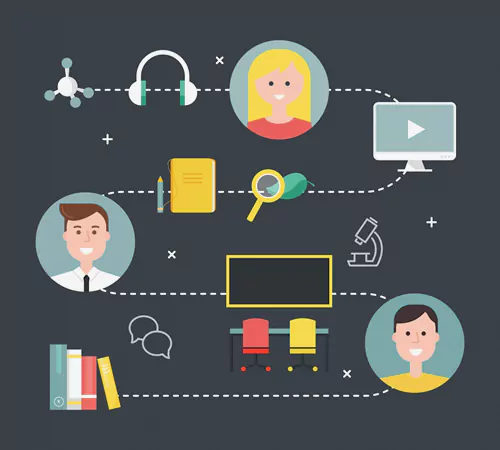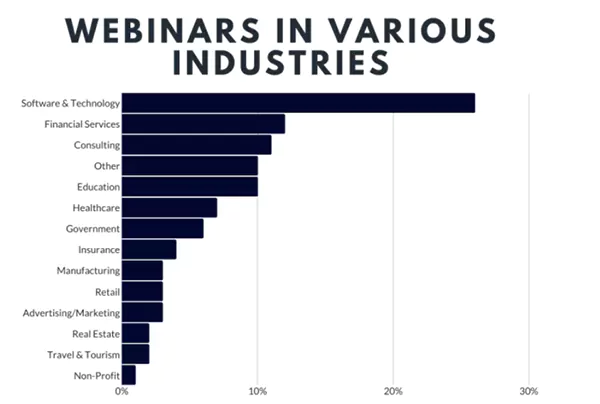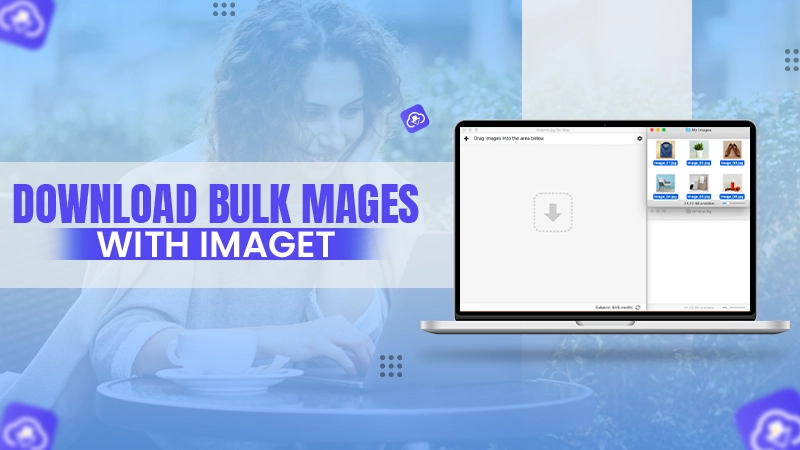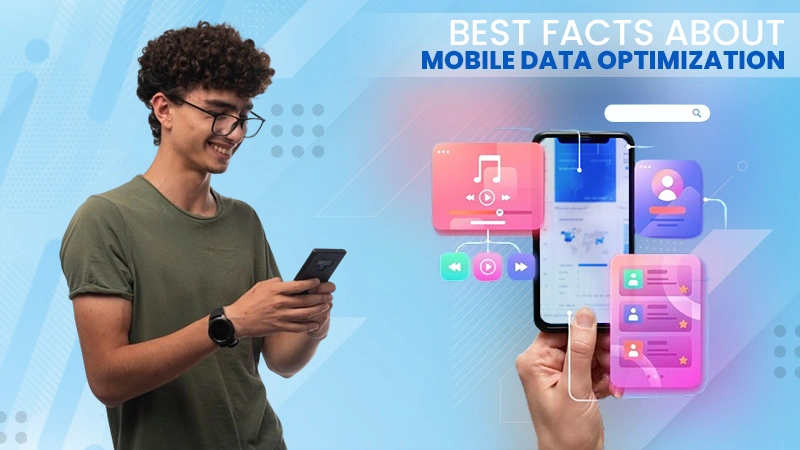- Traditional vs. Modern Education
- Webinars: A Game-Changer
- Webinars in Educational Institutions
- Webinars in Corporate Training
- Webinars in Lifelong Learning
- Crucial Attributes of Profound Educational Webinars
- Prospective Paradigms in Webinar Pedagogy
- The Alleviating Role of Webinars in Educational Disparity

The educational landscape is drastically changing in the current digital era. Advanced systems are enabling webinars and e-learning software, which are becoming necessary tools for bridging old and new learning approaches.
Their capacity to reach a larger audience emphasizes their importance in today’s learning environments.
Traditional vs. Modern Education
With its regulated surroundings and long history, traditional classroom learning offers face-to-face interactions between teachers and students.
Two of the constraints include a restricted geographic reach and restricted scheduling flexibility. There are issues with set curricula since there is limited opportunity for individual needs-based adaptation.
Online learning is all about using internet to ace your studies. It offers flexibility and worldwide accessibility, was made possible by the digital revolution. Convenience and a wide variety of resources are among its primary benefits.
However, disadvantages include a dearth of interpersonal communication and a reliance on technology, which can occasionally obstruct learning.
Webinars: A Game-Changer
Online meetings that may be hosted live or on-demand using a webinar platform are called webinars. Real-time interactions between presenters and participants are achievable with the combination of visual and auditory components.
Their unique qualities include the capacity to scale, be versatile, and provide instant responses.
Traditional classrooms are surpassed by seminars in several ways. The removal of regional restrictions, which guarantees worldwide accessibility, is their main benefit.
The flexibility of the times, which allows students and teachers from many time zones to connect easily, is another noteworthy benefit.
Webinars in Educational Institutions
Academic curricula are beginning to use podcasts more and more frequently. By inviting in-house specialists from around the world to enhance the curriculum, they provide a dynamic approach.
Do You Know?
Recent studies show that according to Webinar Benchmarks Research, 93% of education webinars are held 150 times a year, while 80% of firms deliver training to create up to 100 seminars annually.
Students are given a thorough understanding of the subject matter through this integration, which helps to maintain the curriculum current, relevant, and diversified.
Benefits for Teachers
Seminars give teachers access to resources for ongoing professional growth. Increasing their professional network is simple for them to do via interacting with colleagues, going to training programs, or even giving research presentations.
Also, they provide an easy-to-use platform for adding to and varying standard instructional approaches.
Benefits for Students
They are incredibly beneficial to students. Along with the obvious benefit of having access to international specialists, they can also:
- Participate in interactive Q&A sessions.
- Review recorded sessions for revision.
- Engage in group discussions, enhancing collaborative skills.
- Experience a variety of teaching styles and perspectives.
Webinars in Corporate Training
Seminars are seen as necessary for skill development in the corporate world. Businesses may rapidly inform their staff on the newest methods, trends, and best practices in the sector by holding or attending them.
Interesting Fact
Mondays, Tuesdays, and Fridays are Webinar Days with the Highest Attendance Rate. However, these days boasted the best webinar attendance at 26% and 28%. Consequently, the radical increase in it started in early 2020.
This strategy fosters business development by guaranteeing that workers stay at the forefront of their industries.
Cost-Effectiveness
Conventional training approaches can be costly as they frequently call for plane tickets, hotel stays, and printed materials.
On the other hand, they greatly reduce these expenditures. Organizations may provide high-quality training without the related logistical difficulties if they only have a reliable internet connection.
Global Reach
By using it, businesses may provide global staff training.

Statistics
The graph above indicates that the software and technology industry produced the most webinars i.e. 26% in 2017. More often, until now, this sector has produced the most webinars out of all industries.
The company’s coherence and common ideals are fostered by this uniform training strategy, which guarantees that all team members, wherever they may be, receive the same caliber of guidance and knowledge.
Webinars in Lifelong Learning
Skills Enhancement
Lifelong learners use seminars to:
- Stay updated with evolving industry standards.
- Learn new skills or hone existing ones.
- Engage with thought leaders and influencers in their field.
Professional Development
They offer professionals a pathway to:
- Secure certifications.
- Attend conferences virtually.
- Network with peers across the globe.
Accessibility for All Ages
One of the remarkable features of it is their inclusivity. Regardless of age or background, anyone can:
- Enroll in courses of interest.
- Pursue hobbies or passion projects.
- Seek knowledge at their own pace and convenience.
Crucial Attributes of Profound Educational Webinars
The essence of it lies in its substance, serving as the linchpin for triumph. By the educational objectives, it must be didactic, germane, and temporally pertinent.
The adept utilization of visual stimuli to captivate the audience assumes paramount significance in the composition of a meticulously structured presentation.
This approach, ineluctably, assures that participants remain rapt and assimilate the information with unwavering attention.
Interacting Mechanisms
Mechanisms imbued with interactivity can profoundly elevate the experience. The following tools warrant consideration:
- Opinion Surveys and Inquiries: To amass the perspectives and assessments of attendees.
- Conversational Boxes: Facilitating contemporaneous dialogues and inquiries.
- Inquiries and Responses Sessions: Extending the latitude for participants to solicit elucidations and explore the depths of topics.
Erudite Orators
A scholarly presenter, steeped in the subject matter, can be the key to transformation. Their seasoned expertise grants authenticity to the content, whilst their profundity ensures the adept handling of inquiries and the systematic navigation of the session toward the zenith of its pedagogical objectives.
Prospective Paradigms in Webinar Pedagogy
Integration of Augmented Reality
The horizon of seminars appears promising with the prospective relationship of augmented reality (AR).
This technological aspect can furnish an immersive learning experience, rendering sessions more interdigitated and riveting, thereby endowing the virtual erudition surroundings with an overabundance of enrichment.
Bespoke Erudition
In the wake of advancements in artificial intelligence and analytical understanding, it may shortly proffer bespoke erudition stays.
In rhyme with individual predilections, chronicles, and aptitude, the content can be tailored to cater to particular requirements, thereby ensuring erudition that is more efficacious and precision-targeted.
Artificial Intelligence and Automatons of Dialogue
Artificial intelligence-fueled automatons of dialogue have the potential to revolutionize the landscape of podcast interactivity.
These automatons can expedite the enrollment proceedings, address recurrent inquiries with dispatch, and proffer instantaneous appraisals. Further, they can scrutinize the comportment of attendees to further hone their experience.
The Alleviating Role of Webinars in Educational Disparity
The digital transfiguration of education, surfaced by seminars, denotes a pivotal paradigm shift in the distribution and relationship of knowledge. As technology advances, the potentiality of these platforms grows in tandem, engendering erudition that is more accessible, interactive, and fine-tuned.
Embracing its rising signifies the acknowledgment of its potency in democratizing education, reaching global audiences, and furnishing opportunities for lifelong erudition.
As we cast our stare toward the impending future, it becomes perspicuous that seminars do not constitute a transitory remedy but rather an enduring and pivotal instrument for a more luminous acquisition horizon.







